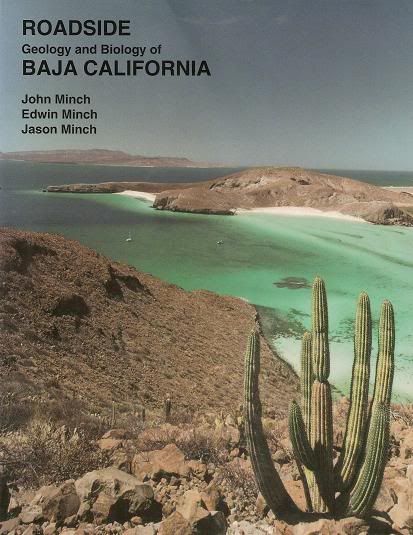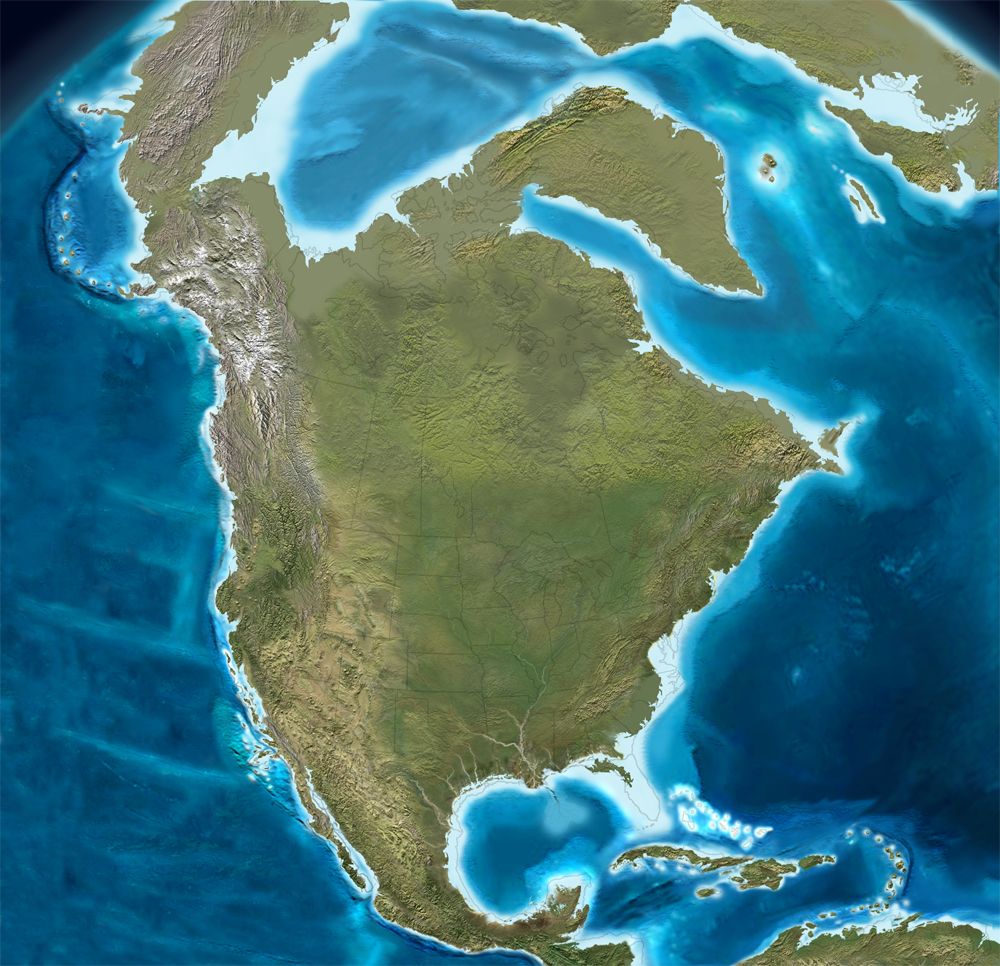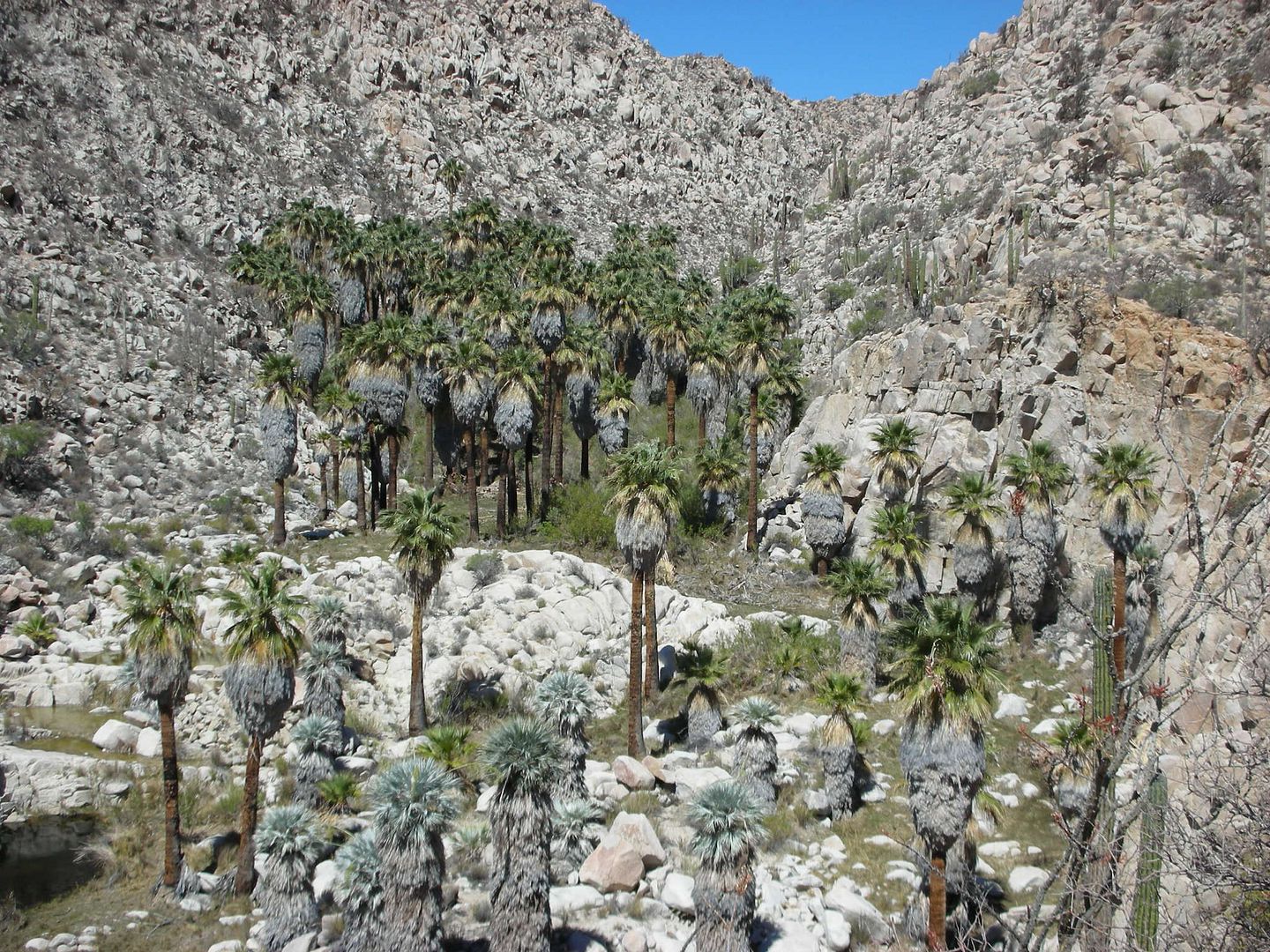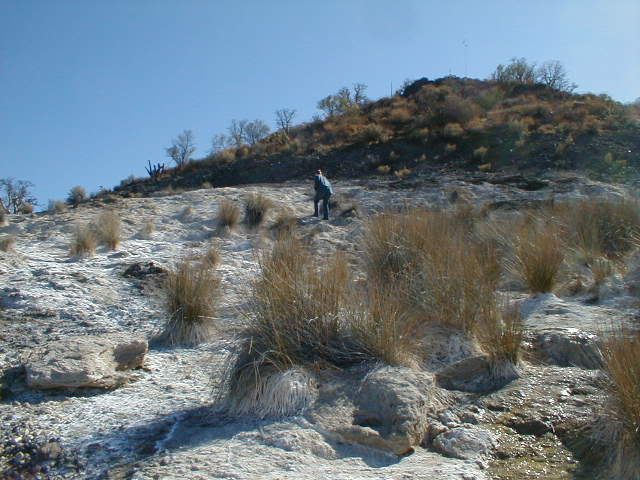Originally posted by bajabuddha
Here's another GREAT read for you: "Roadside Geology and Biology of Baja California" by John Minch, available at PO box 4244 Mission Viejo, CA 92690
(800)367-0117. It's a klik-by-klick of each road in Baja (16 different logs) and Mr. Minch is a geologist, so a lot of the info is waaaay over my
head, but still there's plenty to glean out of it, and his wife is a biologist and talks also about flora and fauna along the way, giving
kilometer-post #'s as they go... sometimes they're a little off (and sometimes a little more) on their marker-calling, and some of the highway
distances have changed with the newer pavings.
It's a great book to have in the hands of a co-pilot as you drive; reading the chapters and details as you come to them. I almost got to see a few of
them when not white-knuckled on Hwy 1, brief glances and scenic pull-outs help when possible. Tremendous details with a glossary of technical terms
in the back for reading at camp in the evenings. Takes a little figgerin' out, he's definitely one o'them book-larnin' collidge types ya know.
Anyway, the more you learn about Baja the more there is to find out.
Happy trails.
bb |












 "
"









 Yup, why
not... I just turned 56, so I am over the hill!
Yup, why
not... I just turned 56, so I am over the hill!
